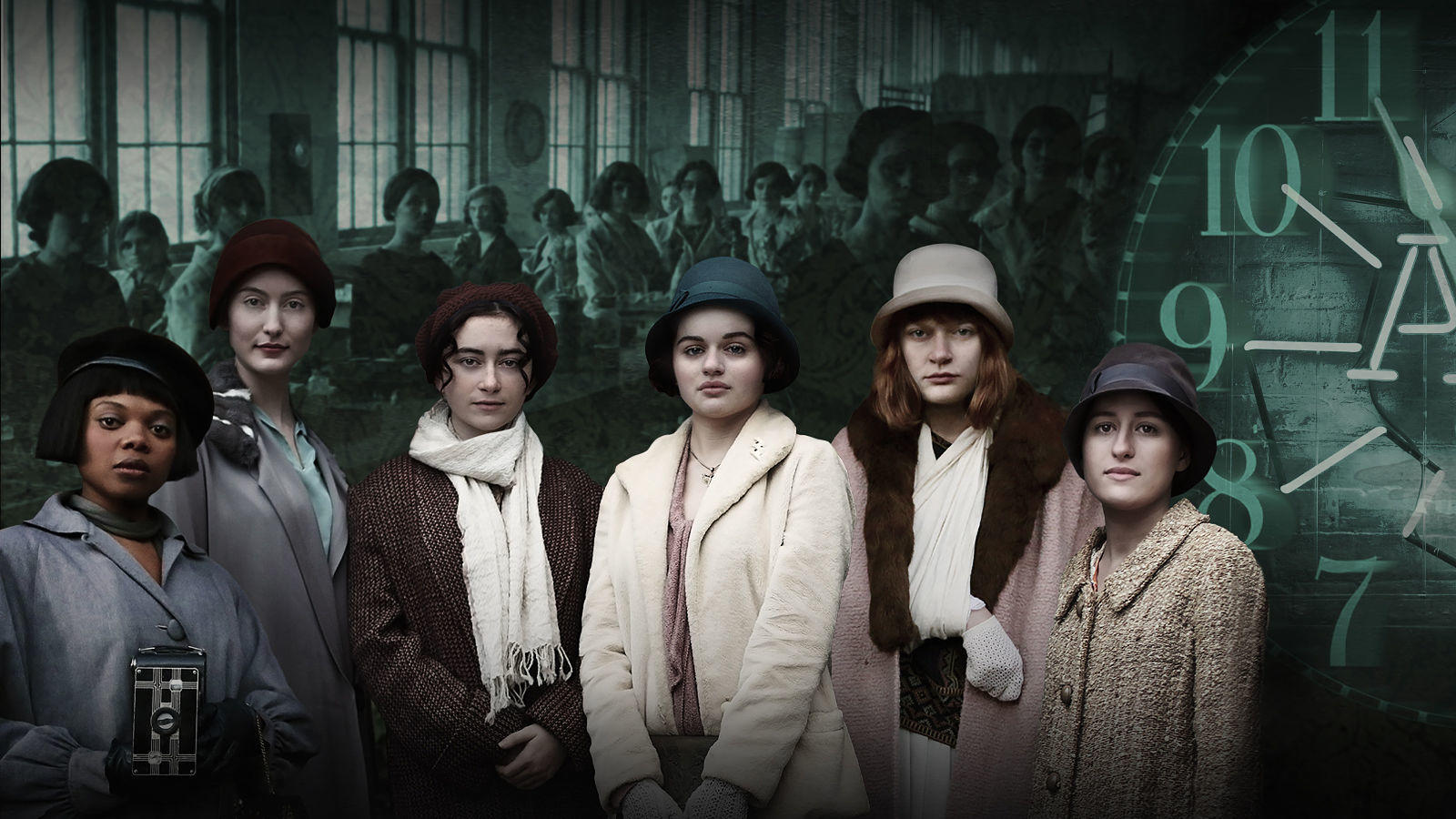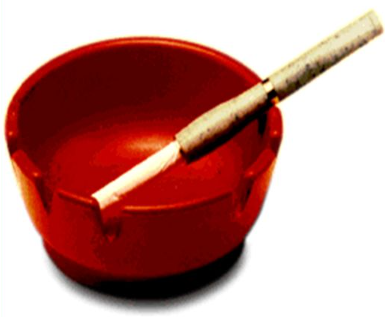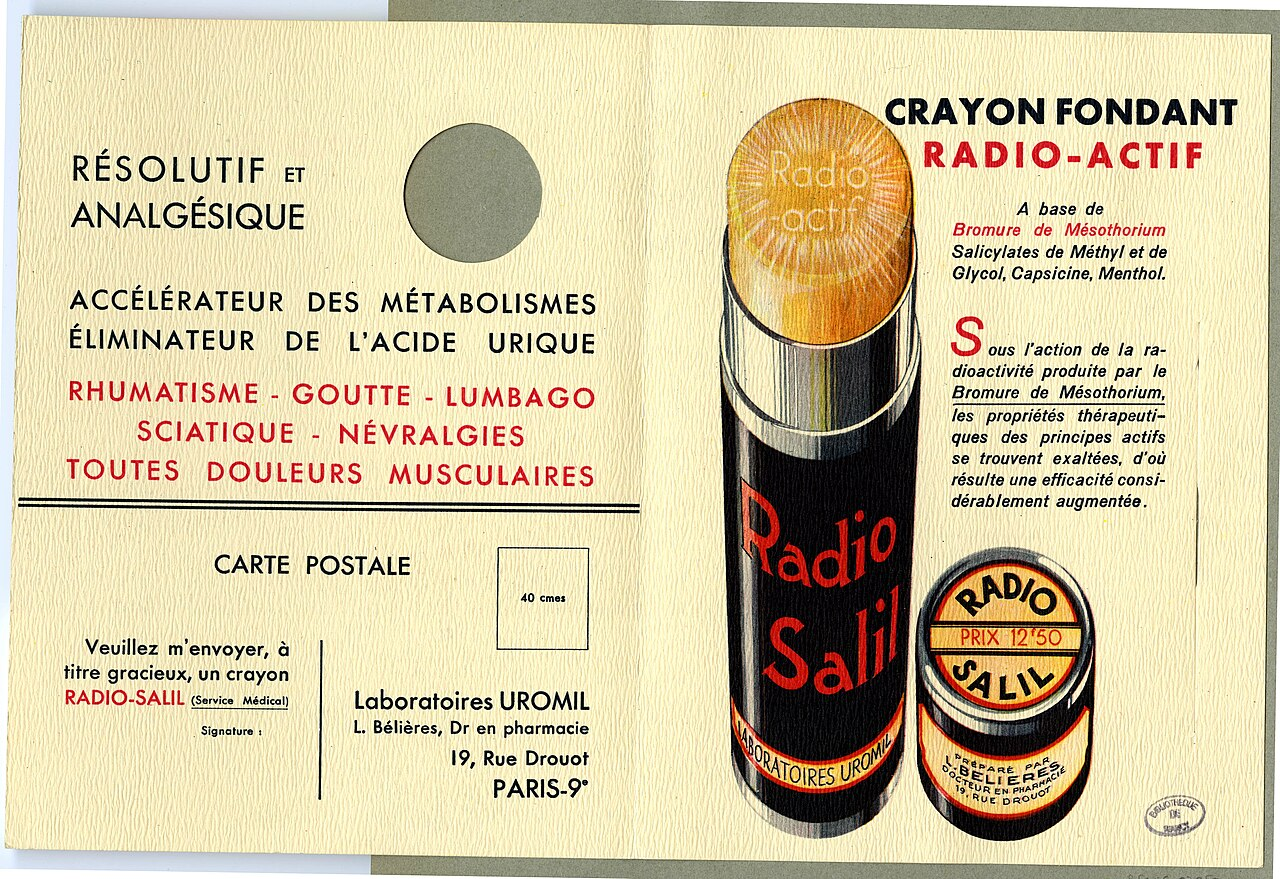In the early 20th century, the world was captivated by the discovery of radium and other radioactive elements. The excitement surrounding these newfound substances spurred a wave of enthusiasm that saw them integrated into an array of consumer goods, including cosmetics and even beverages, driven by the misguided notion that radiation could promote health and well-being. This belief in the healing power of radioactivity is reminiscent of the origin story of Spider-Man, who gained superhuman powers from a radioactive spider bite. However, this trend, known as "radioactive quackery," posed grave risks to public health. Here's a deeper dive into some of the most infamous products of this era and the dangers they introduced.
Radithor: The Deadly Health Tonic
Radithor, one of the most famous examples of radioactive quackery, was marketed as a health tonic containing radium. Consumers, including the wealthy socialite and golfer Eben Byers, believed it could increase energy and improve vitality. The tragic case of Byers, who died from severe radiation-induced health issues, brought attention to the dangers of Radithor and similar products.
 |
| Eben Byers won 1906 US Amateur in golf |
 |
| Eben Byers jaw fell-of due to radium necrosis |
 |
| Eben Byers was buried in lead-lined coffin in Allegheny Cemetry |
 |
| It was reported that he died because of radium poisoning but later it was found that the cause of his death was not the radium poisoning but multiple cancers caused by radium. |
Tragic Legacy of The Radium Girls
In the 1920s, young women known as the Radium Girls worked in factories painting watch dials with radium-based paint. The workers were encouraged to "lip-point" their brushes, leading to severe radium exposure. The resulting health complications, including bone cancer, highlighted the dangers of radioactive materials in consumer products.
Recently, a movie was released inspired from this.
Radiation in Retail Stores
The shoe-fitting fluoroscope, introduced in the 1920s, used X-rays to help customers find the right shoe size. While it was a popular attraction in shoe stores, it posed serious risks. The unshielded X-ray radiation exposed children and sales staff to harmful doses, leading to long-term health concerns. The most common users were children. The device was eventually banned in the 1950s due to its risks. The product was the part of TIME magazine's list of worst ideas of 20th century.
Radioactive Cosmetics: THO-RADIA and Other Brands
The cosmetics industry wasn't immune to the radium fad. THO-RADIA, a line of cosmetics containing radium, promised rejuvenating effects. These products, which included face creams and powders, were marketed with claims of radiance and youth. Despite the allure, the risks of exposure to radioactive materials far outweighed any perceived benefits.
Doramad radioactive Toothpaste:
Doramad was manufactured by Auergesellschaft, a German company known for its work with thorium. Advertisements for the toothpaste claimed that the small amount of thorium it contained provided antibacterial properties and improved overall oral health. The marketing campaigns for Doramad emphasized its scientific basis, leveraging the public's fascination with radiation to promote the product.
Radium-Rich Products: Revigator
Another product, the Revigator (or Revigorator), was a ceramic water jar designed to infuse drinking water with radium. Users believed it could enhance their health by consuming radium-laced water, but in reality, they were ingesting dangerous levels of radioactivity.
Radioactive Cigarette Holders and Salves
The Lifestone Cigarette Holder, introduced in 1964, claimed to reduce the harmful effects of smoking by using radioactive elements. Similarly, radioactive salves for muscular pain and backache, containing radium, were marketed to provide relief through radioactive exposure. These products were based on pseudoscientific claims with little regard for safety.
Radium Water Bath Department
Radon Gas Mines: The Persistence of Quackery
Despite the known risks of radiation, some people today seek out radon gas mines, believing in the concept of radiation hormesis—the idea that low doses of radiation can be beneficial. These mines, once abandoned due to safety concerns, have become tourist attractions for those seeking alleged health benefits from radon gas exposure.In the early 20th century, the world was captivated by the wonders of radiation. The discoveries made by pioneers like Marie and Pierre Curie fascinated the public, leading to a range of applications in medicine, industry, and science. Brachytherapy which was also called "curietherapy" was pioneered at the Curie institute in Paris by Danlos and could reduce the tumor size. However, this fascination also spawned a darker side, what we now call "radioactive quackery." This term refers to the use of radioactive substances in unproven or fraudulent health and wellness products, often with dangerous consequences. Let's explore the history, the pseudoscience, and the risks associated with radioactive quackery.



.png)

















